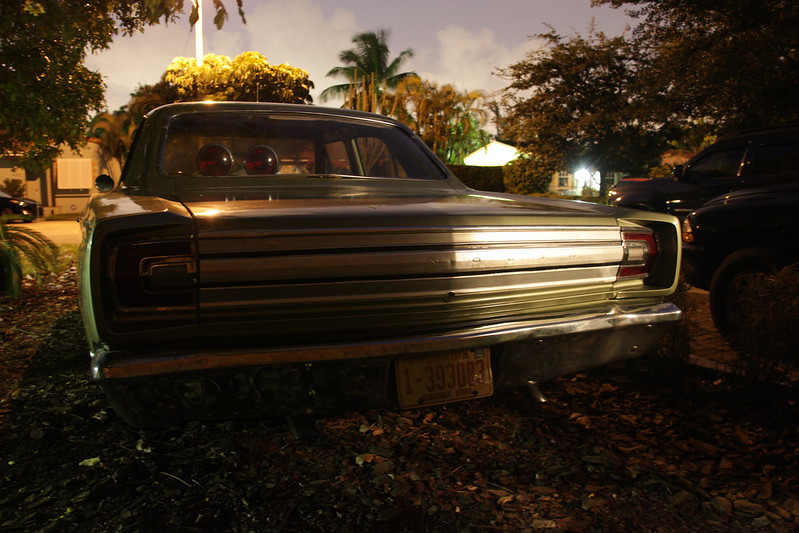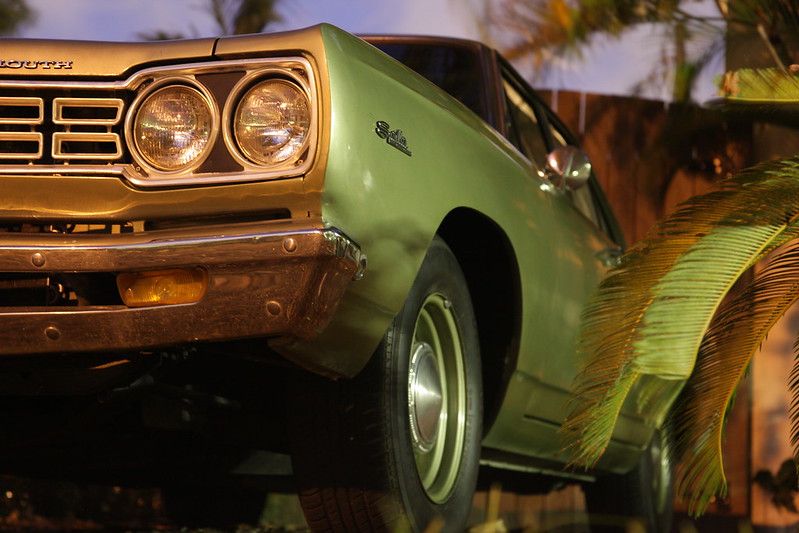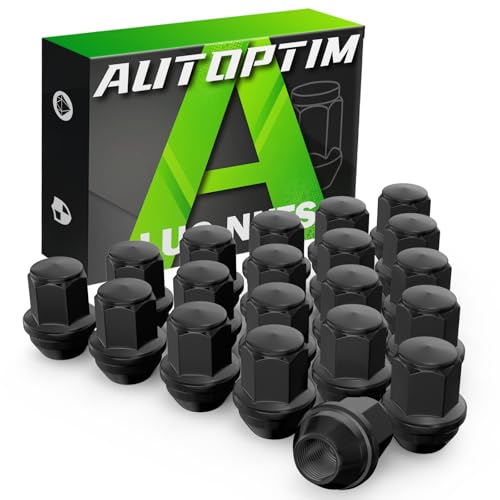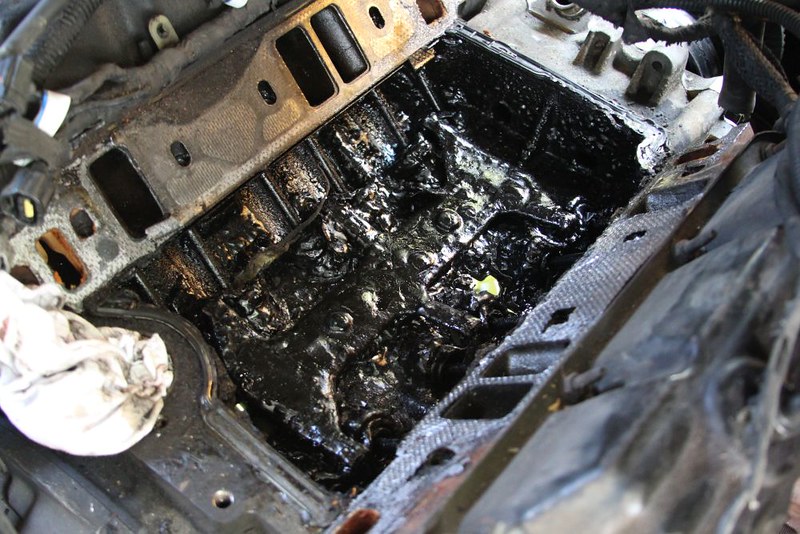Ok, back to the regularly scheduled "not a Mustang build thread at a Mustang forum."
After one day without power, and two without internet access, I have lots of progress to report:
First off, a closeup of the aforementioned Sanden air compressor brackets I was complaining about:
These photos do not even show the additional bracket which fits to the back of the Sanden, further securing it directly to the intake. That'd be fine, but the Sanden tabs are threaded, and there isn't enough room to back the bolts out unless you do some not-so-conventional wrenching. Easier to pull the whole bracket set out, but as you can see, doing so also requires dumping the alternator bracket.
There's a word for engineering like this, and it has the word BULL in it. Hence, the Bouchillon BPE4725.
This is what the power steering bracket looks like for the '89 B-van (presumably the same on '88 through 91; might apply to older LA engines too; Magnums have an aluminum bracket), and is notably simpler than the nonsense used to mount the Sanden compressor. It has its own set of problems though: The rear bracket bolts right through the two left hand timing chain cover bolts - which are drilled right through into the cooling passages of the engine. If you have to remove it, you'll probably make a mess, whether you drain the system or not. Not ideal.

At any rate, I can't mount the original 1968 P/S bracket if I use the later water pump. The '68 bracket pivots on an extra ear on the water pump (note that the water pump in this photo is also the wrong application for '68 - it's the marine water pump which the aftermarket somehow believes is an HD pump for these engines) which is not present on the later aluminum units. I should note this design is also made to clear the pre-1970 water pumps with a driver's side inlet, and the '89 bracket is an (obvious) impossibility with such a setup.
Basic degreasing ended the evening - sans power or lights. Wound up taking everything off with only a forehead LED light to help. Wasn't that bad - on the stand, that is:
Saturday afternoon - the moment of truth. Off came the valve covers and intake manifold for a clear look into the top end to gauge overall condition.
It doesn't get any better than this, junkyard engine or otherwise.
Here's where it gets a bit interesting: According to my Mopar master-tech neighbor (who is often wrong - HAH!), this should be a heavy-duty 360, a.k.a. the 360-2 or 360-3 - more or less similar to the E58 depending on marketing. The exhaust valves rotators seem to indicate this is indeed one of the heavy duty motors.
Whichever version it is though, very little information directly from a Chrysler manual seems to be available on it, though the internet's armchair dragracers have wasted no time filling Google chock-full of contradictory bull$hit as to what actually constitutes the 360-2 from the 360-3, much less the actual specs of either. Most of the good information out there about the HD 360s seem to relate to the late-'70s carbureted examples, and not the relatively short-lived roller-cam, throttle-body injected engines from '88-91 (which seem to be almost exclusively of interest only to Ramcharger enthusiasts). I have the VIN from the van, but it doesn't match up with the post-ISO 3779 VIN from the van: 2B6JB31Z0KK375938.
It does have the exhaust valve rotators associated with the heavy-duty 360s though, so that's a plus. There is also talk of lower compression than an average 360 and different valve sizes for minimizing pinging and maximizing low-end torque adjusted for the era's lean mix requirements, but - again - that's based on carb-era engines that were not built from the factory with 308 heads.
We'll soon find out how far the pistons are in the hole, once the heads come off.
Pulled off the rest of the front accessories. By this point, the engine had been sprayed and scrubbed quite a few times by this point. My Performer 318/360 intake arrived as well, and I'm using it here to keep the valley free of any what-nots flying around the workshop:
Today's work order called for removal of the oil pan for safe (and simple) removal of the timing chain cover and oil sump, plus, I wanted to swap valve covers so I could begin prepping the '68 valve covers for installation. Now, I'd only popped the left valve cover on this engine before, and it was pretty ugly inside - but this was the first time I'd ever opened up the right side. The sludge in this engine is NASTY:

Something tells me that a previous owner of this car believed that oil changes fall under the category of "optional extra." Idiot. Ironically enough, I have more experience with ridiculously abused Mopar small blocks than I have with decent ones, as these two engines were preceded by a '98 Ram Van's 3.9L that was handed down through the family; also the victim of the van's previous owner's attitude to oil changes, long before it ever reached us, though I firmly believe the problem was accelerated by the common intake manifold plenum gasket leak (one of the reasons I was leery of digging up Magnums in the junkyards to begin with). This was at ~125k:
Of course, the Satellite isn't quite as bad...but it's bad. Who knows - maybe the lifter valley will prove to be the real horror show:
At any rate, I'm going to have those valve covers hot tanked. No amount of scrubbing will get the sludge that's behind the baffle. I tried (not shown) and gave up.

But back to the 360. This is the original, factory double-roller timing chain (remember - this is a HD 360-2 or 360-3), loose like the t!ts on a goose. The slack surprised me for a moment - seeing as this engine looks to have really low miles on it - but it seems as if this is par for the course on Mopar small blocks. Whatever the case, I ordered another Cloyes factory double-roller to replace it with, along with the Magnum 3.9 tensioner. Here's hoping the Cloyes stock replacement is not a retarded timing set either...because I don't want that. (I also take offense to paying an $100 premium to get the same exact timing chain set with a few extra slots cut in the crankshaft sprocket. If there's one thing I've learned, the not-so-much-different-than-factory performance parts market - especially for Mopar - is a complete and utter ripoff).

This is the truck-style rear sump screen and pickup pipe on the 360 (and presumably the 318 as well). Nothing like the rear sump on the 3.9, I noted. At any rate, I pulled the oil sump, ready for it's Melling center-mounted replacement pickup:
My floor is now a world of parts which may or may not make it back onto this engine:
Next steps will be to replace the timing chain and tensioner before pulling the heads and inspecting the cylinders - and whether they ride too low in relation to the deck or not.
-Kurt
















































































































